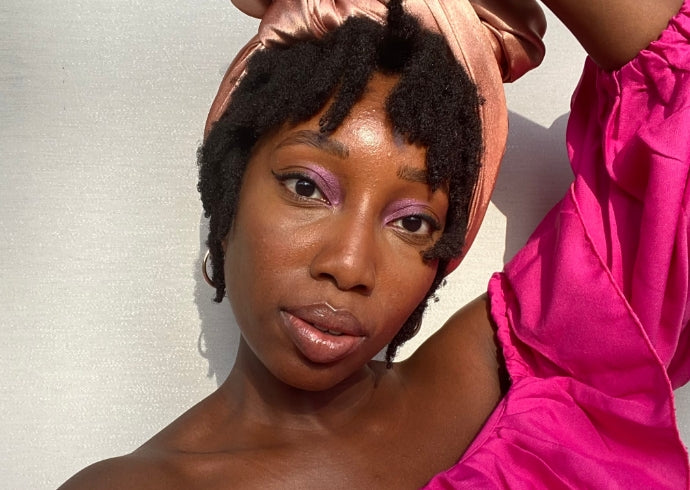At Milk, we stand for inclusivity and the freedom to live your life openly, authentically, and unapologetically. Laws that threaten our community affect all of us. A wave of recently passed and proposed anti-LGBTQIA+ legislation in the US is the latest attempt in an ongoing effort to strip the rights of LGBTQIA+ people. That’s why this Pride, we believe it’s more important than ever to uplift and create safe spaces for our community.
Throughout the month, our special guest editor Devin-Norelle, a model and trans advocate, is sharing the stories of seven people across the country who are actively fighting for their rights. Because all LGBTQIA+ people deserve to have a safe space to exist freely.
Growing up, Madison Werner wasn’t sure what a safe space might look like outside of her suburban bubble. Then, on a summer trip to New York in her sophomore year of high school, she found it. It wasn’t a physical place; it was the newness of surprising friendships that transformed her outlook on what was possible. “Oh,” she thought. “This is what the world has to offer.”
Over the years, her definition of safe spaces evolved along with her relationship to her identity. She found them everywhere: in her chosen family, in a trusted cousin, in music, and in beauty. And she found them in herself—building blocks of self-trust and authenticity that empowered her to connect with and help others in her community.
Today, Madison is based in Los Angeles, where she works as a digital creator. Her content blends vibrant eyeliner looks with educational content on trans advocacy and queer femininity. A cut-crease smokey eye might introduce a carousel on the life-saving importance of gender-affirming healthcare; while pink and blue eyeliner is juxtaposed with the quote, “Trans people are not threatening your bathrooms.”
“Of course, makeup plays a huge role in how I foster a safe space,” she says. “Beauty has always been a big part of who I am and how I express my identity.”
Read on for Madison’s full take on identity, allyship, and self-expression.
What does a safe space mean to you?
I find safe space by being around like minded people in a judgment-free environment. A safe space can also be the feeling in your heart. I find my safe space with my chosen family. My queer, closest friends who I consider my relatives and unconditional support.
What is your earliest memory of finding a safe space?
I first came out as gay in the 8th grade, and then as transgender at age 18. I had a strained dynamic with my mother and brother during those years, and when I was a sophomore in high school, I didn't have a lot of friends and hadn't yet experienced the world outside of my suburban bubble.
That year, I was finally able to leave the nest and did a summer program in New York. I created several new friendships that transformed my outlook on what was possible in relationships. I had a moment of oh, this is what the world has to offer.
After coming out, I became very close with another queer family member, writer, and Jewish activist, Adam Eli. My cousin Adam and I are two of three openly queer cousins in our family, and we always connected on family trips. We're still best friends through everything. He even showed me my favorite movies and other things I love today. He was the first person in my family I told about being trans when I was 18.
How do you foster a safe space?I have to create a safe space for myself first in order to help others. How can I help others without building that foundation and self-trust? I do so by adhering to whatever feels authentic to me—whether it’s a song I need to listen to at the moment or standing up for myself in a situation about me, my community, or my family and friends. With a strong foundation, I can share those feelings through my work, research, songs, or a movie. And of course, makeup plays a huge role in how I foster a safe space. Beauty has always been a big part of who I am and how I express my identity. Developing my knowledge and skill in makeup has been parallel to and almost representative of learning about who I am. What does it mean to be an ally?Safe spaces do not only pertain to physical spaces; safe spaces can also be found in our friends, family, teachers, coworkers, and others who we confide in. An ally is firm, loud, and active. Someone who is confident in making it known that they are an ally. Allies must be active in using their voices. An ally can be someone who amplifies educational social posts created by members of marginalized communities, sticking up for those marginalized communities against people who may push back. Outside of the digital space, allies should use their words in person. Call out when something isn’t inclusive as it’s happening—in the moment, not afterwards. |
 |
I’m sure many beauty brands have reached out to you since you frequently incorporate beauty into your work. How should brands show up as allies outside of Pride?Brands can show up as allies by making sure that every time they have a new product, new campaign, or new initiative, they include people (from the models to the team) that look and identify as the world around them does. It shouldn’t be an opportunity for them to tokenize; I want them to do that authentically. We should normalize hiring queer people for everything all year round because we’re still queer 11 other months of the year. What do people get wrong about Pride?I dislike when people only equate Pride to the slogan, “Love is love.” Of course this is a huge part of it, but it can be such a narrow view of what Pride is. As an eclectic community, we are so much more than that. Pride is about showing off how you’re different from what everyone else has told you to be. Queerness itself is an identity of resistance and power, and I think Pride should be about recognizing how so many people within this community are strong and resisting just by being who they are. When we understand Pride that way, so many people can celebrate with us. Pride looks different to every single queer person, and that’s important to celebrate. It could look like someone staying home and watching movies with a friend, or another person wearing their trans Pride flag from head to toe. Pride should be authentic to you. |
 |
How do you celebrate Pride outside of Pride month?
Outside of Pride month, my work is all about identity. Whether it’s June, July, or even the middle of November, I’m celebrating Pride unapologetically, 365 days of the year.
What is your Pride theme song?
“Homesick” by Madison Beer. It’s about using space as a metaphor for depression and mental health, and feeling like you don’t belong. She’s homesick for outer space and doesn't feel like she fits into the world. She sings, “These humans speak my language, still don't understand it.” It speaks to my trans and queer idenitites. Often, I feel like I don't belong in a certain way, or that they don’t get it.
What would you tell your younger self?
You can do whatever you set your heart and mind to do—just want it badly enough. If I thought something was unattainable, but then I believed I could make it mine, it would happen.
What would you tell young people today?
They don’t have to worry so much about what other people think of them, because other people’s opinions are just reflections of their own problems or upbringings, and not actually about us.
Which songs would you suggest to trans youth who might be on the verge of coming out, either to themselves, or to others?
Madison Beer had a great song in 2016 called “I Won’t Let You Walk Away.” I took it as not letting my trans identity walk away from me.
Maggie Lindermann, this really beautiful grunge glam girl who went on tour with Madison, has a song called “Different.” The lyrics go, “I just want to be someone different than me sometimes.” For me, it means being able to show more of yourself than what people think of you.
This interview has been edited and condensed for clarity.
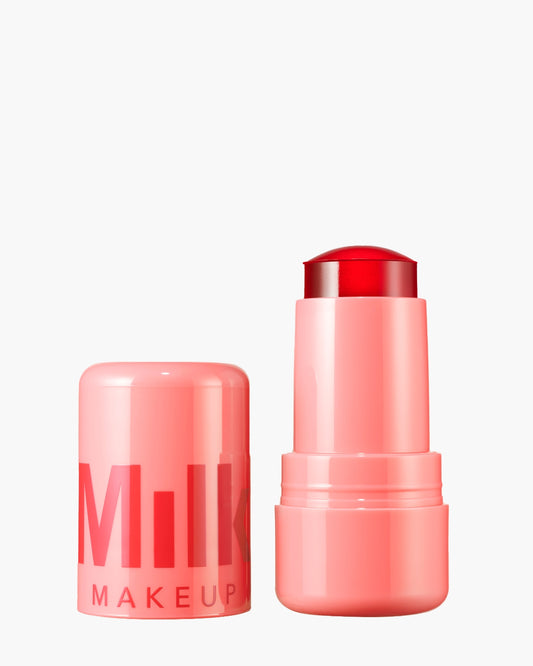
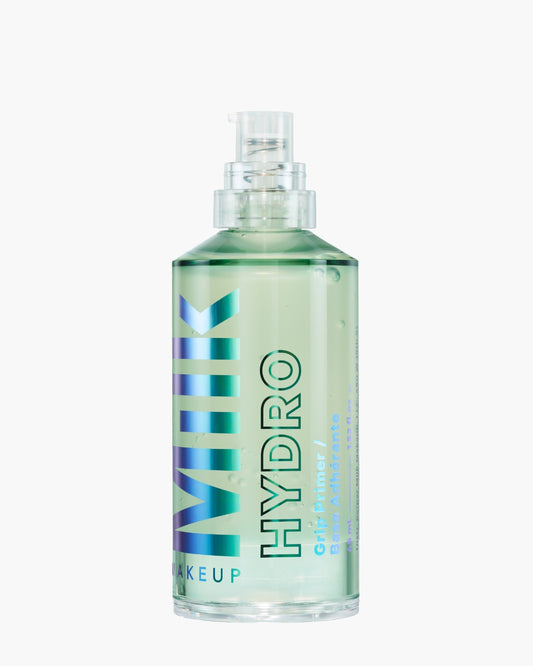
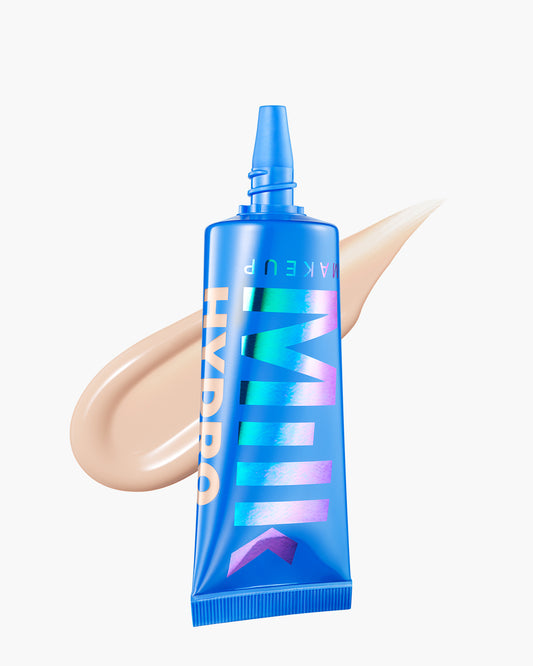
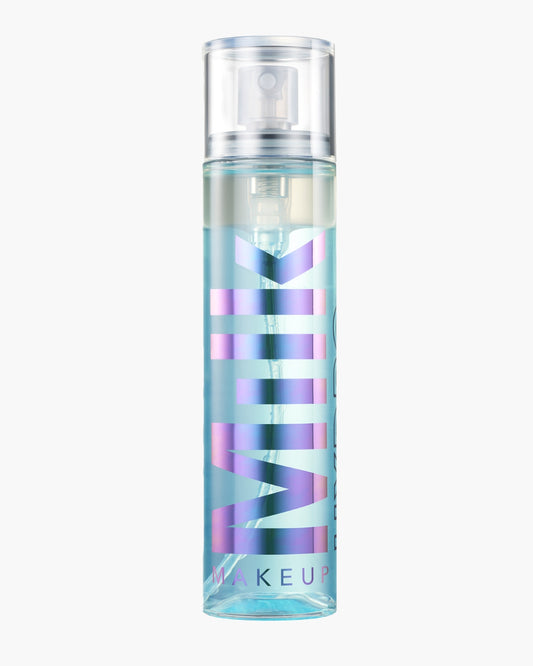
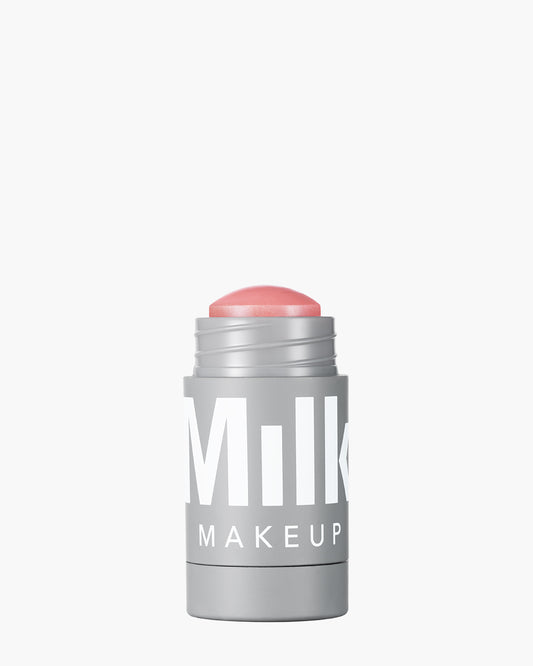


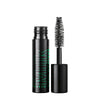
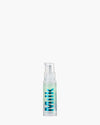


-%E2%80%A2-Instagram-photos-and-videos-v1709919789860.png?150x150) "
"